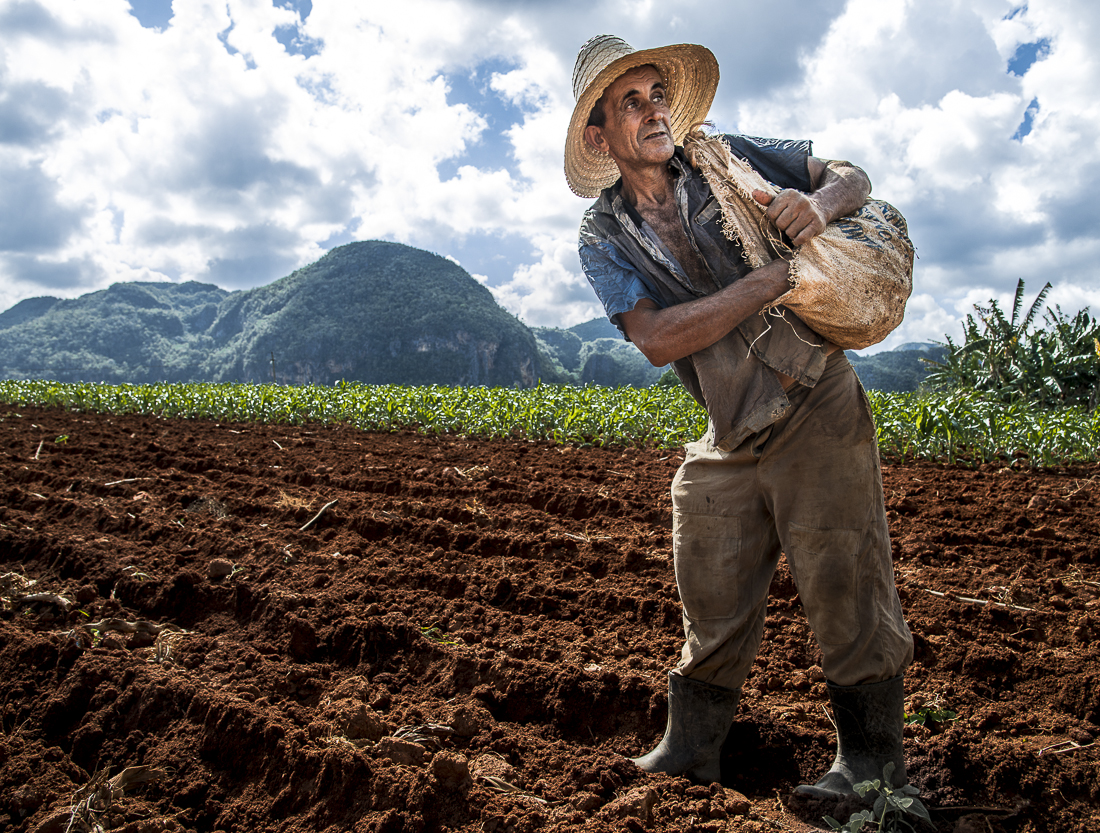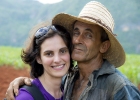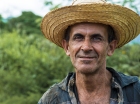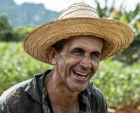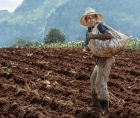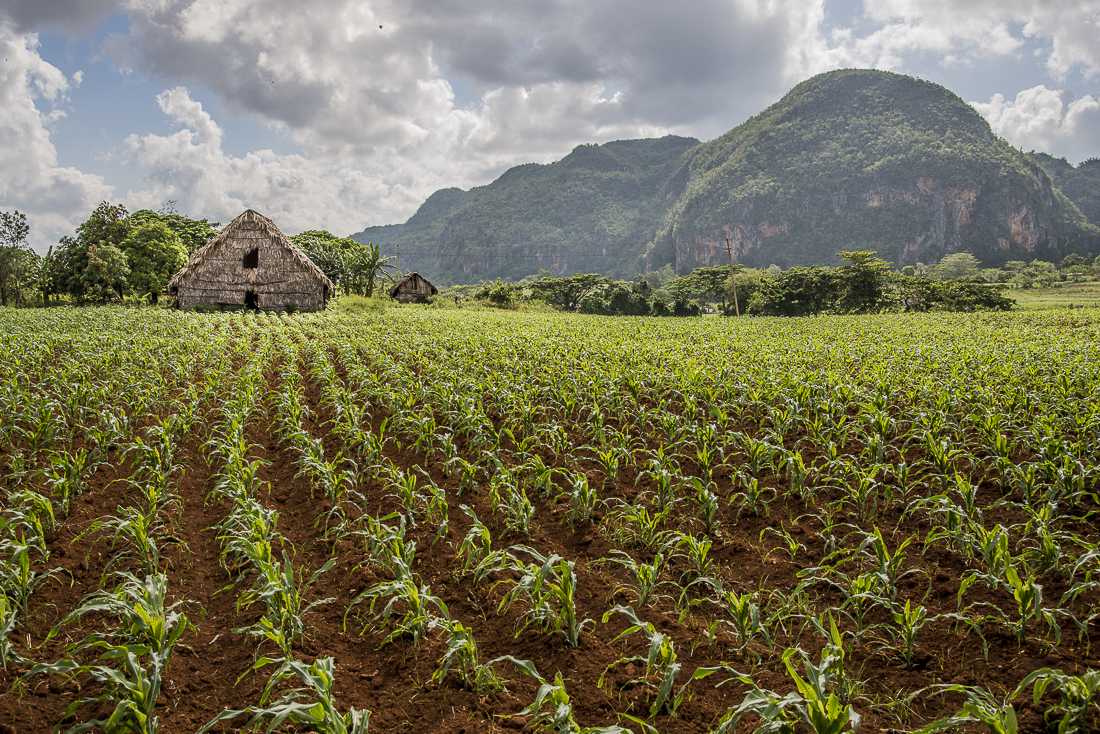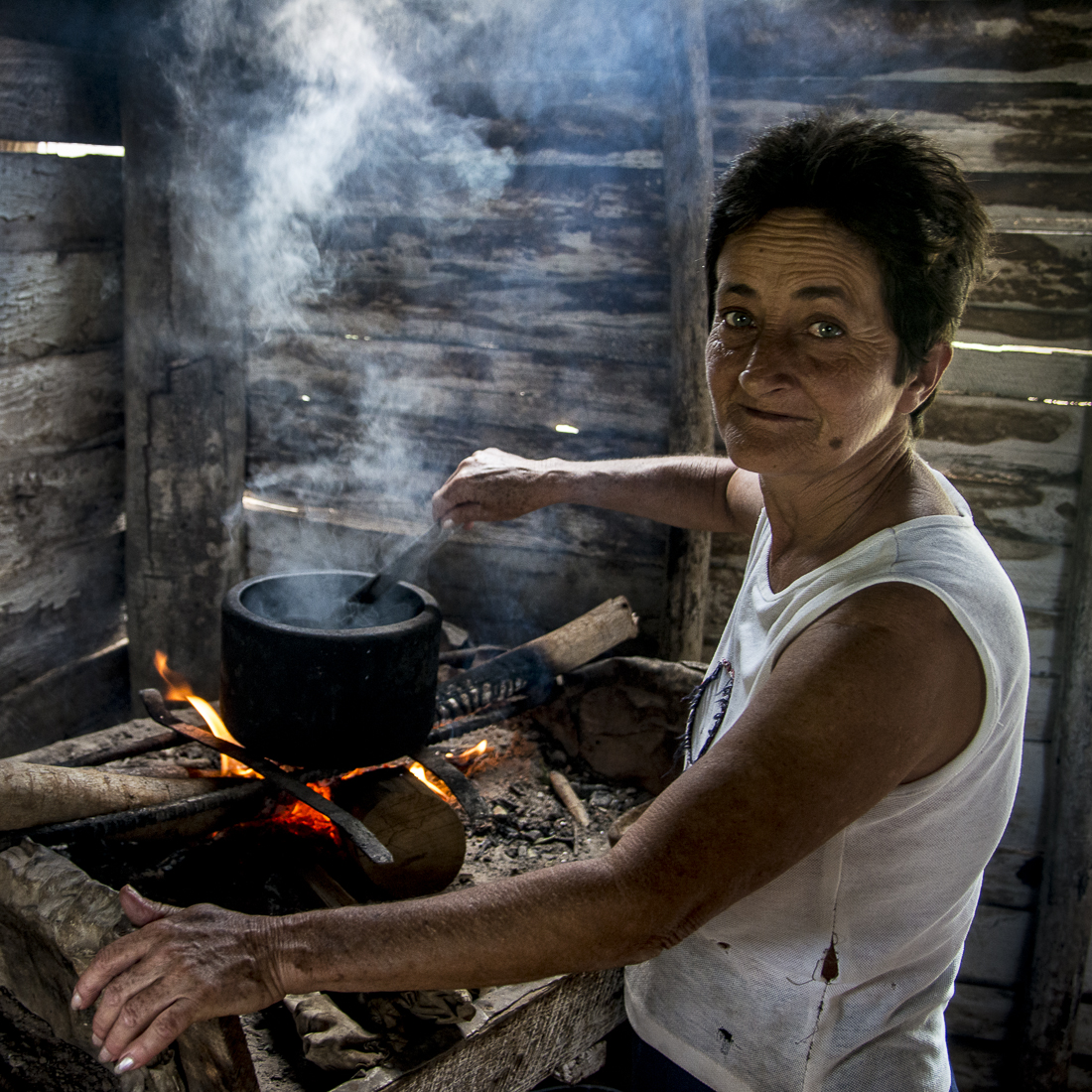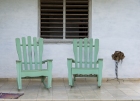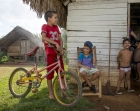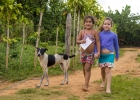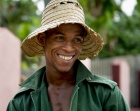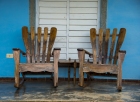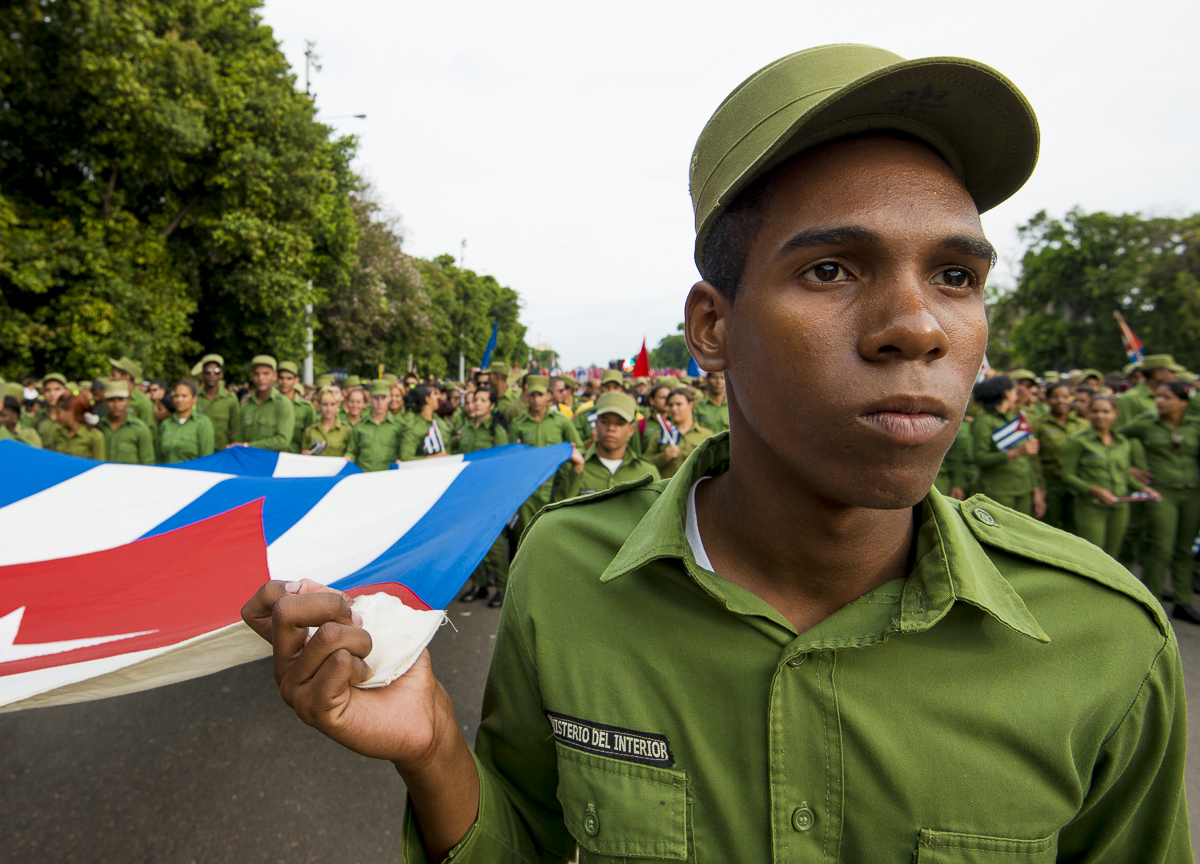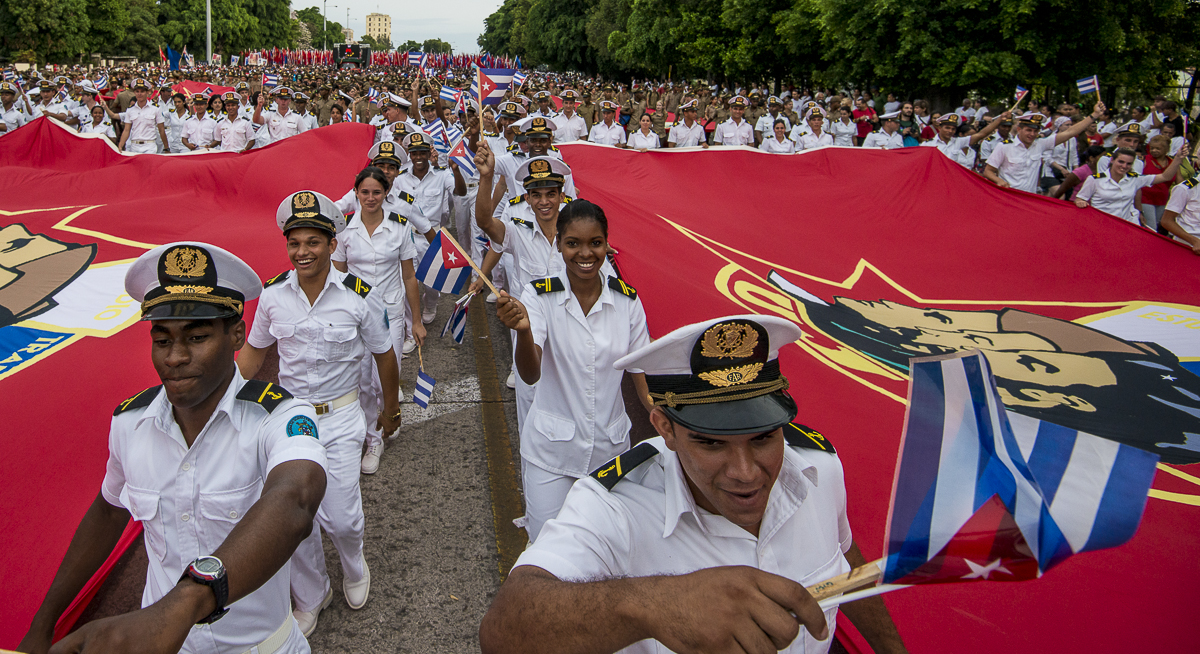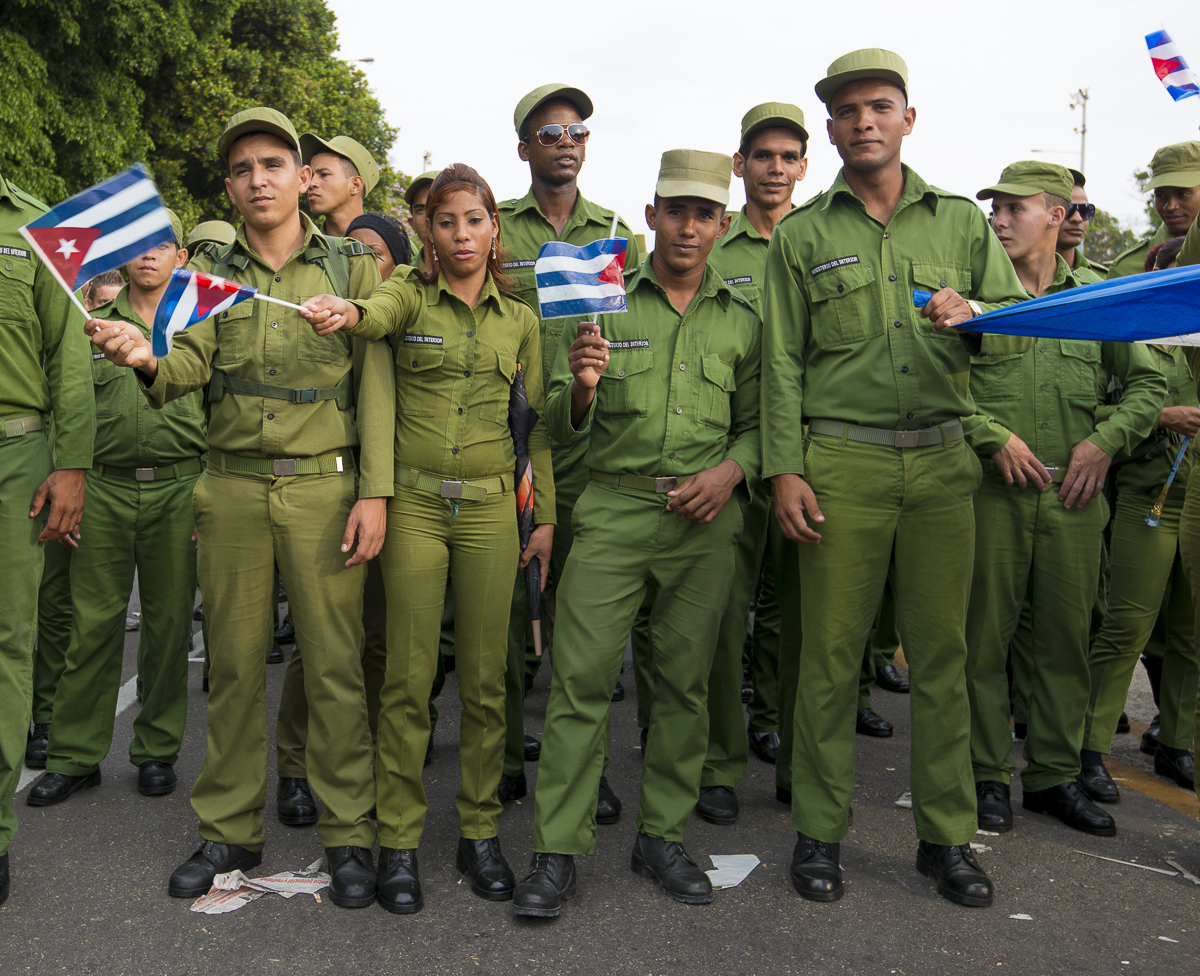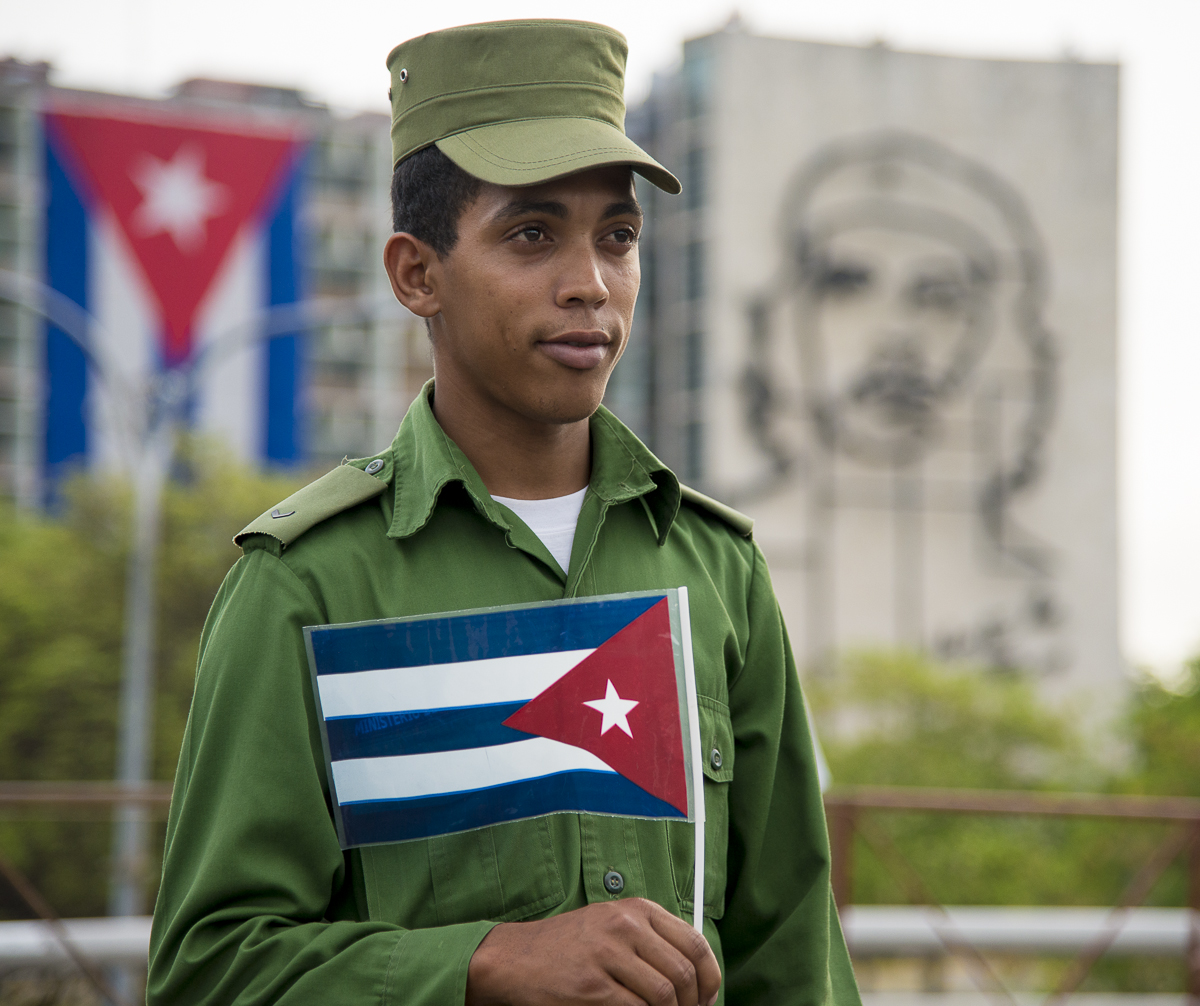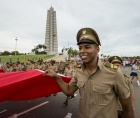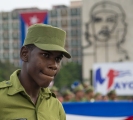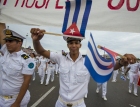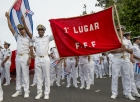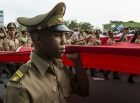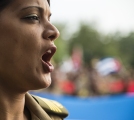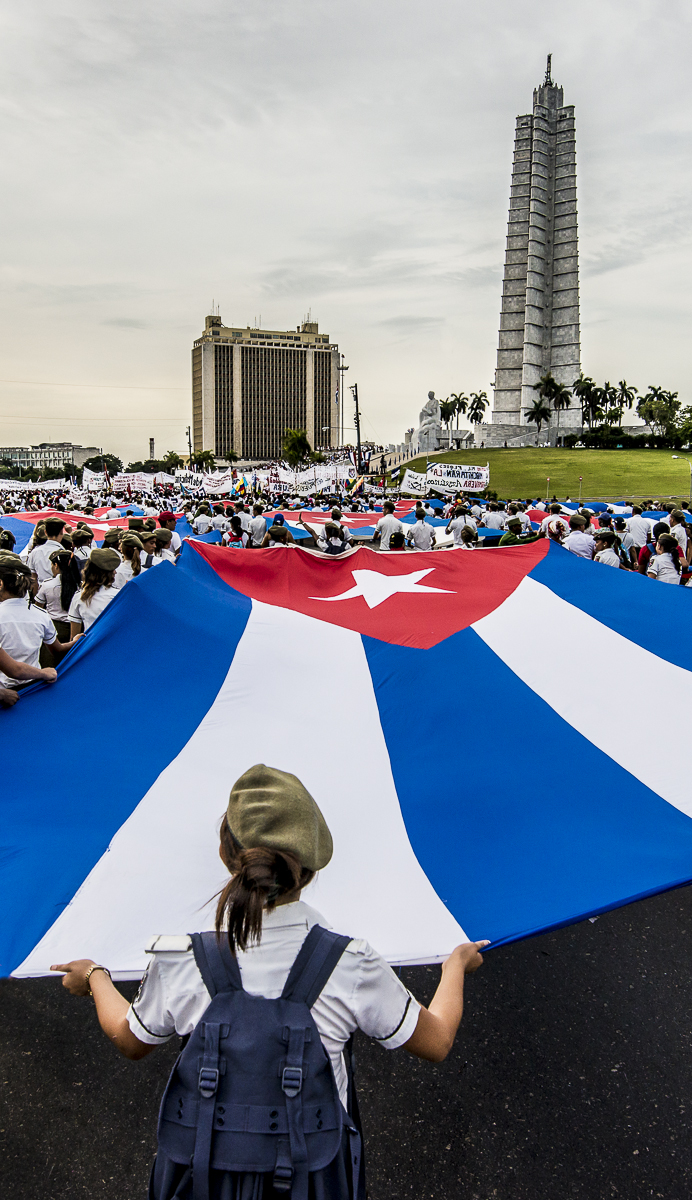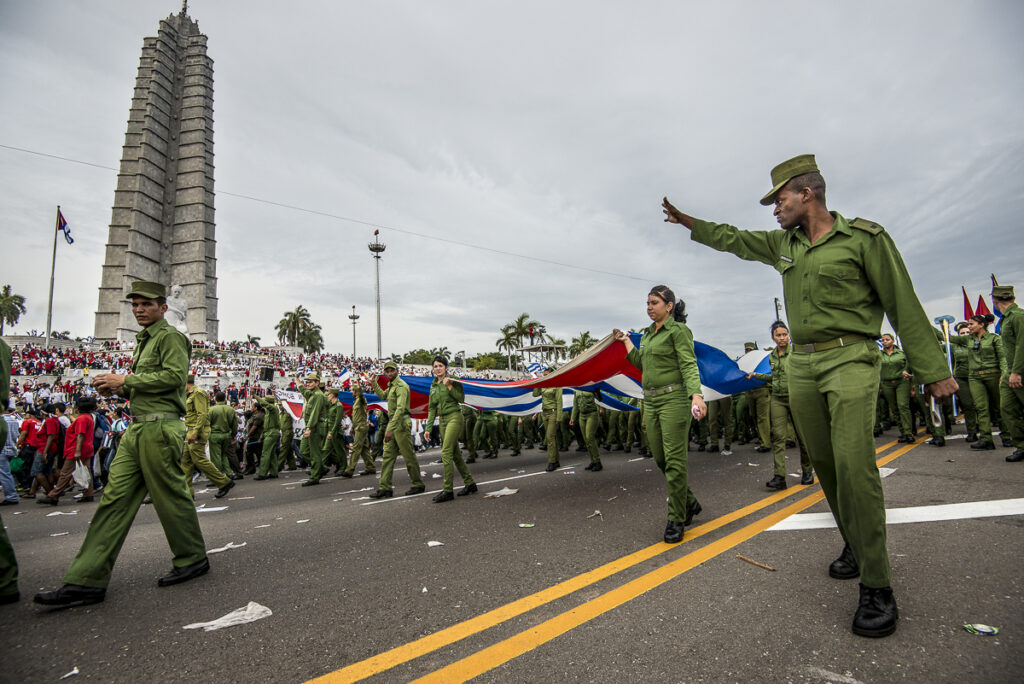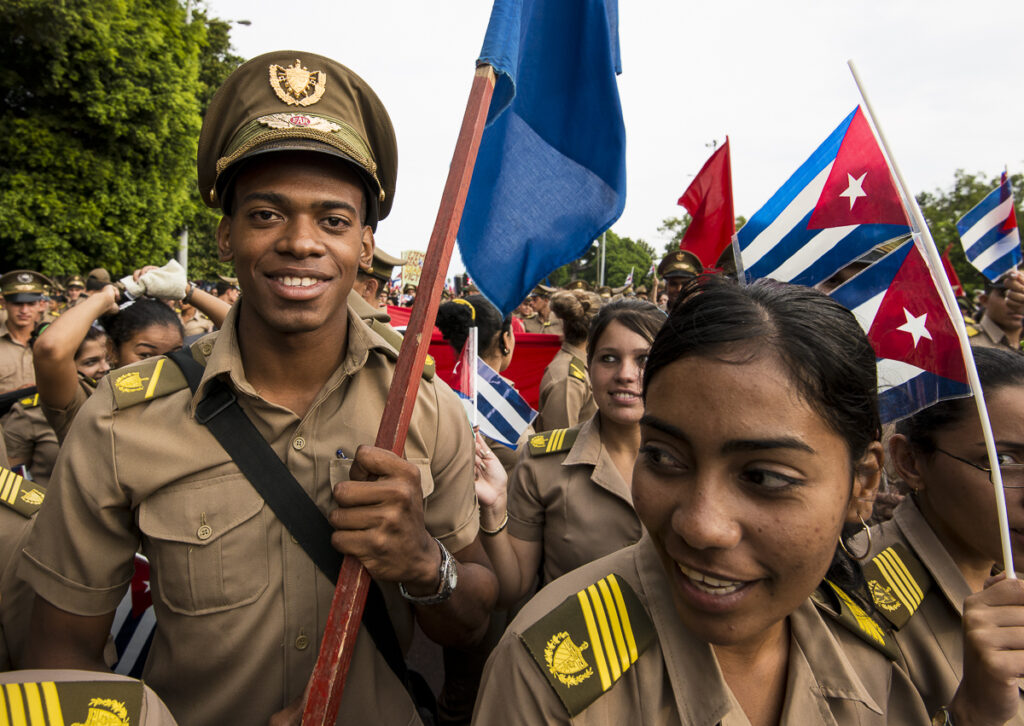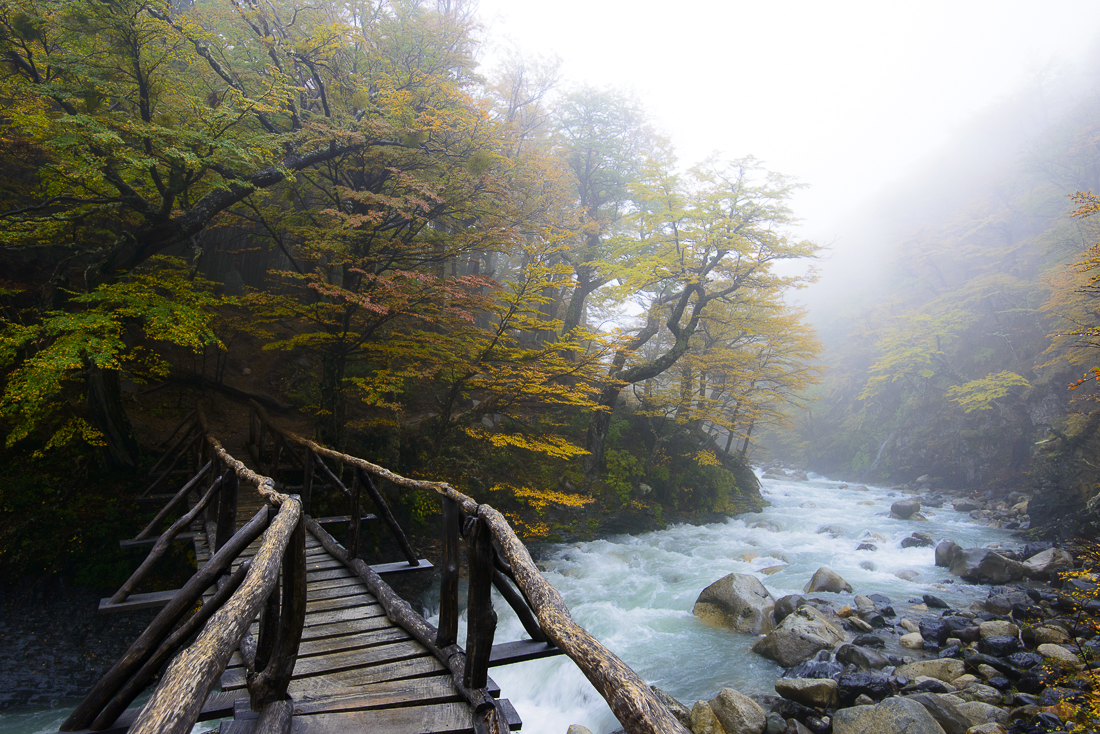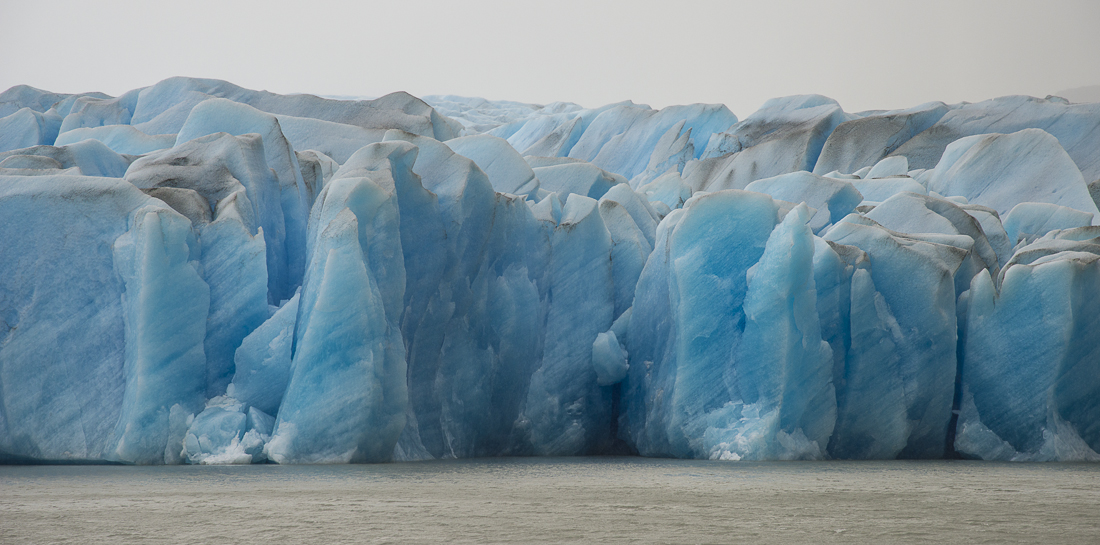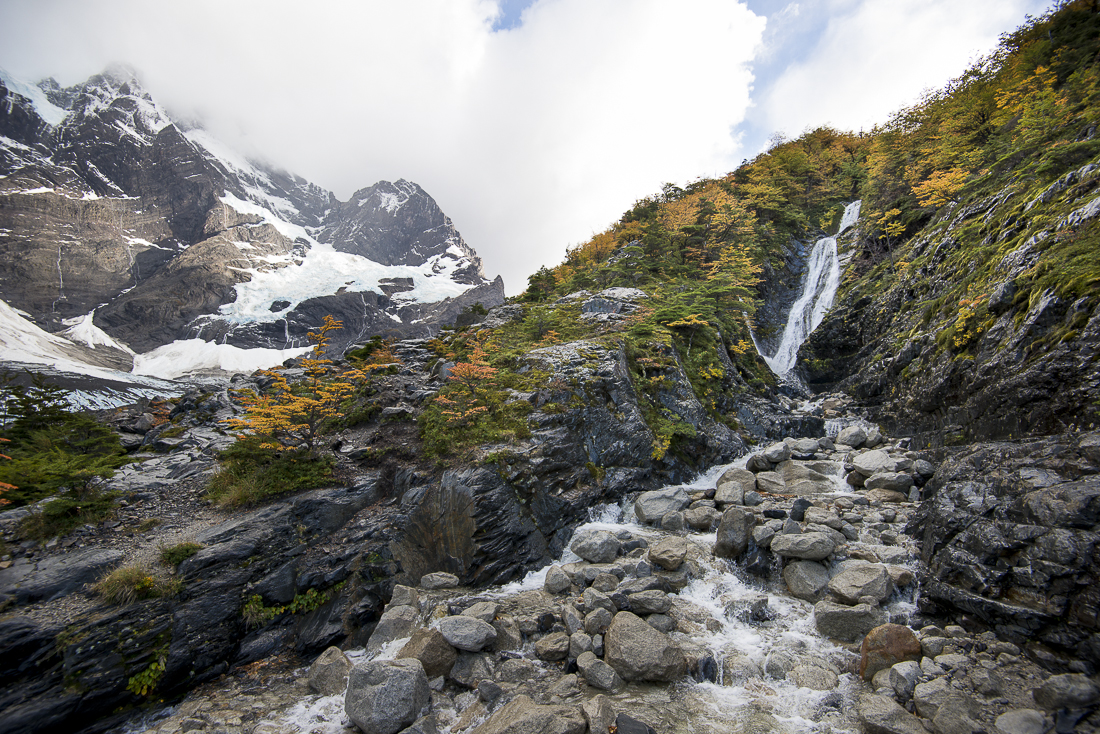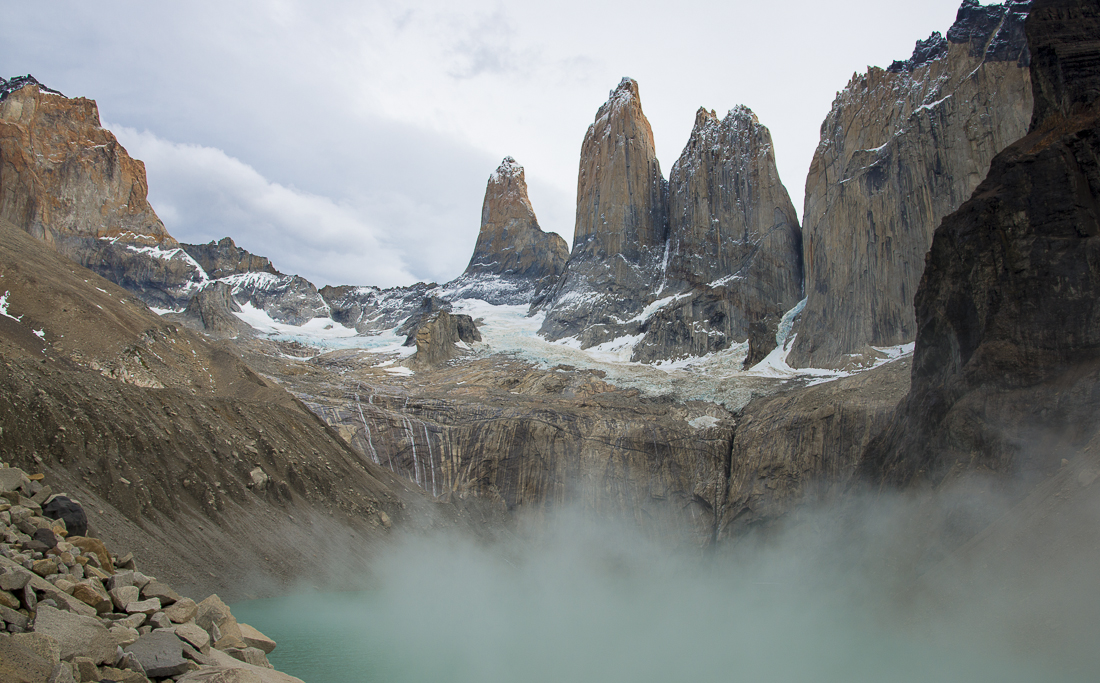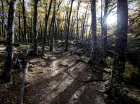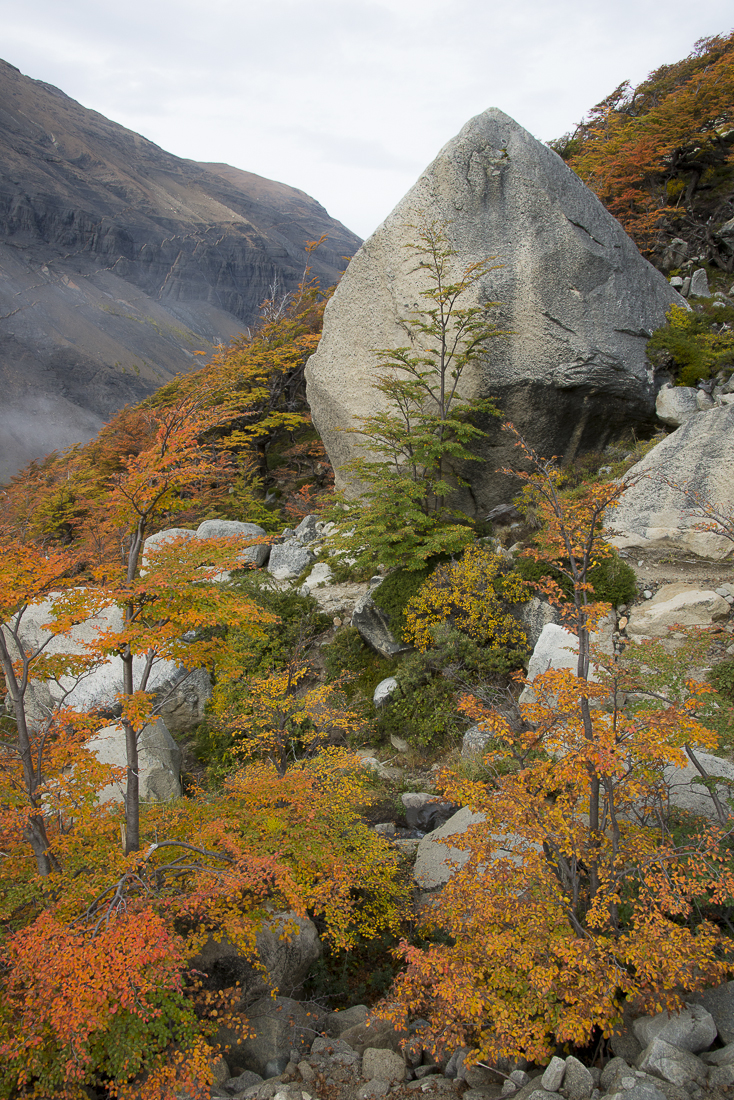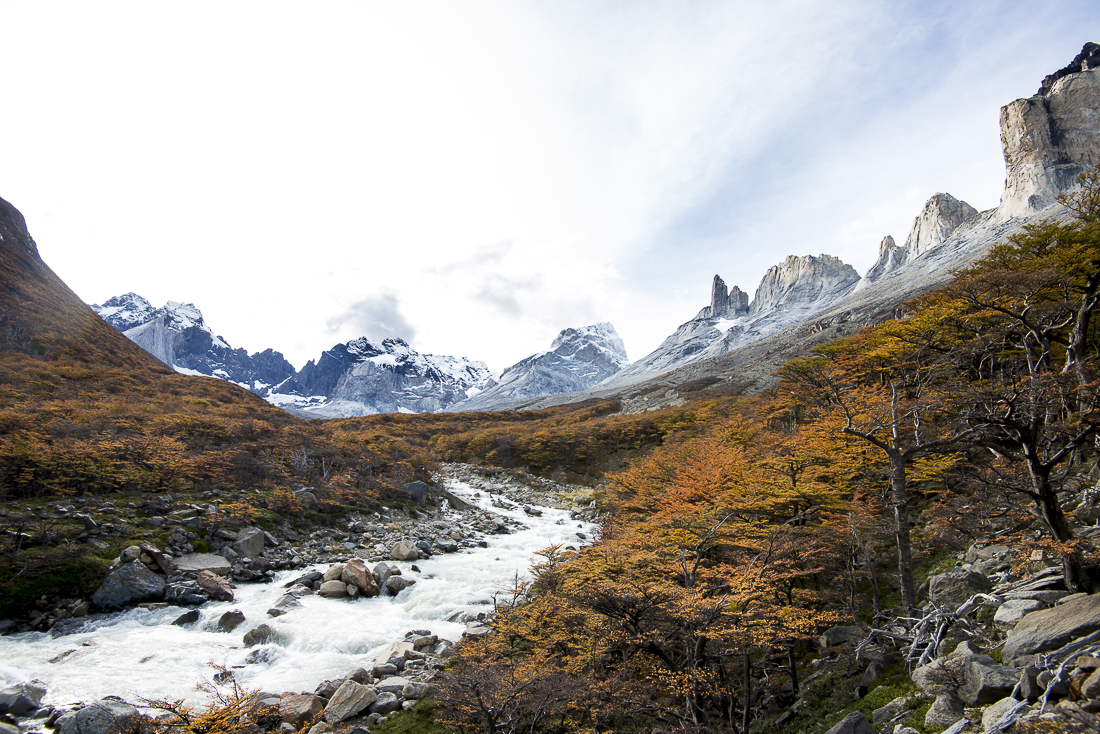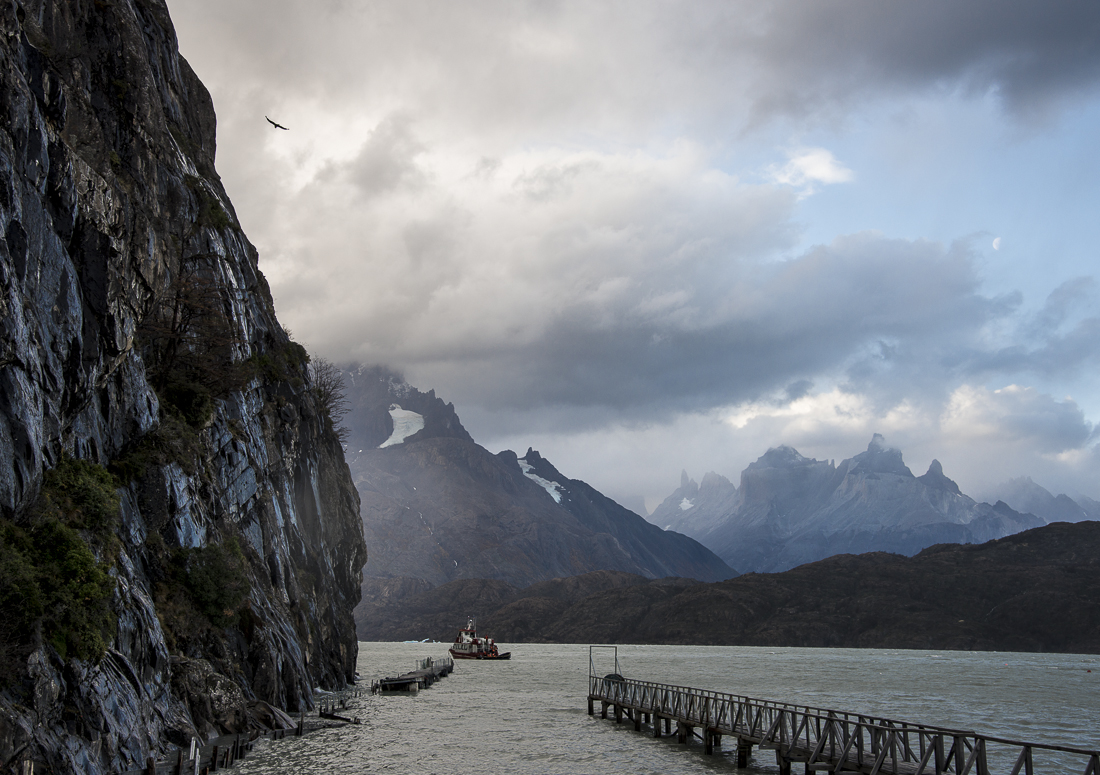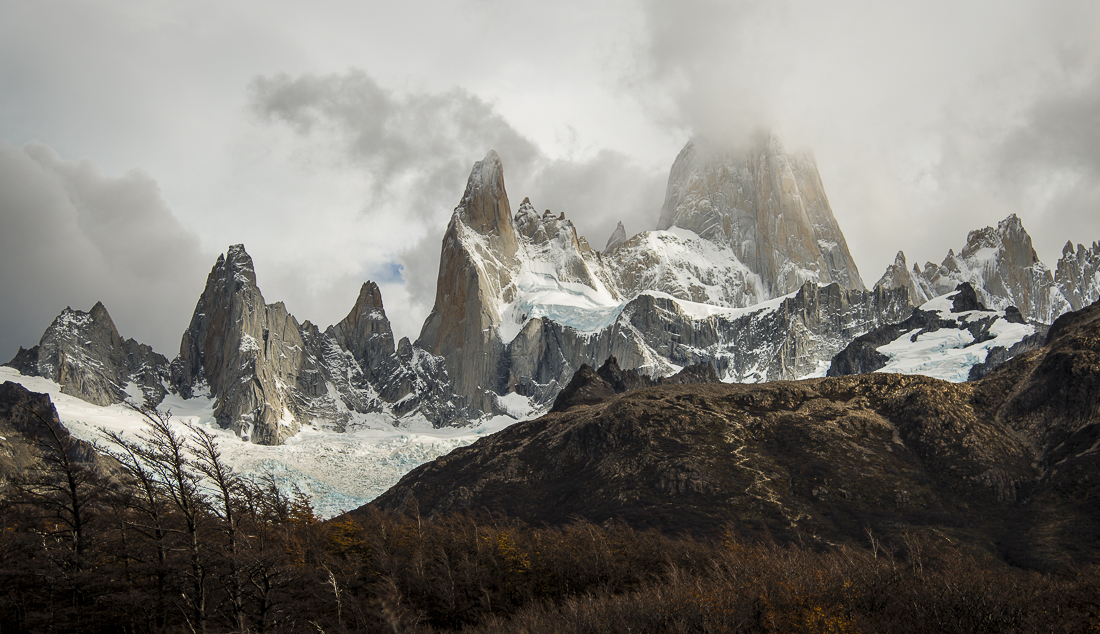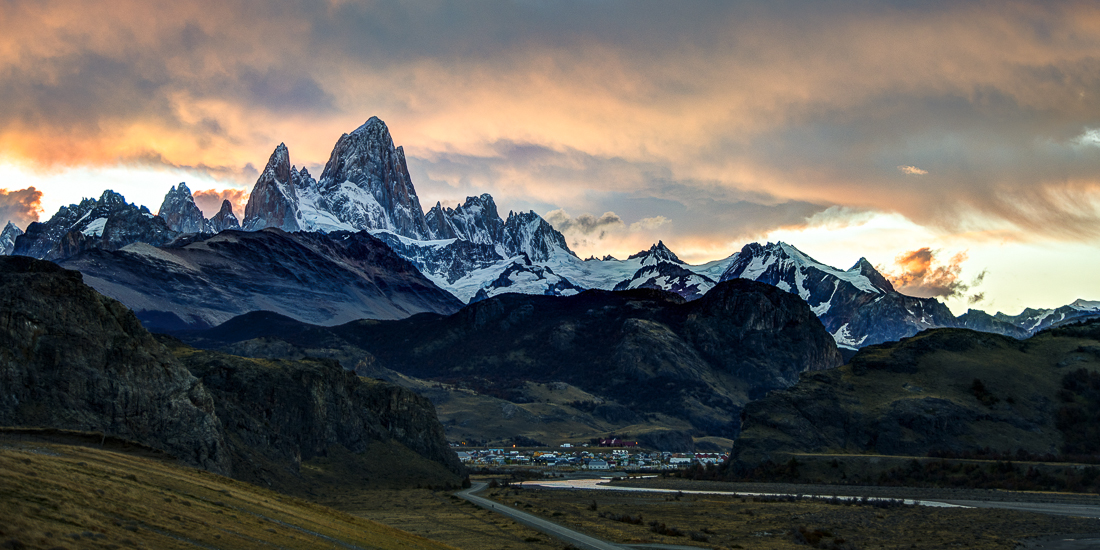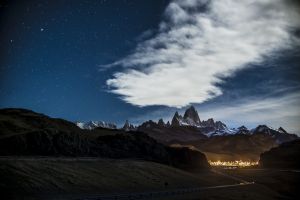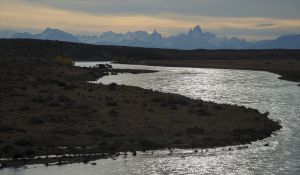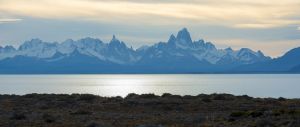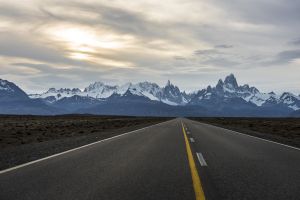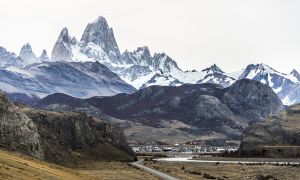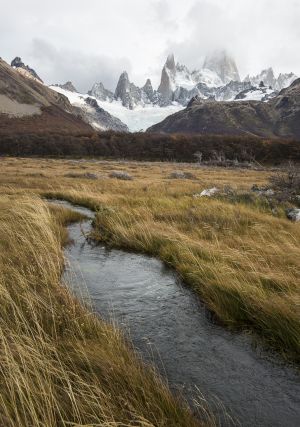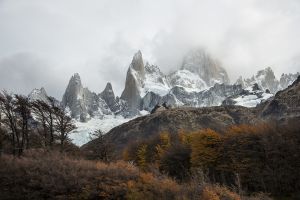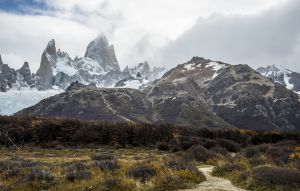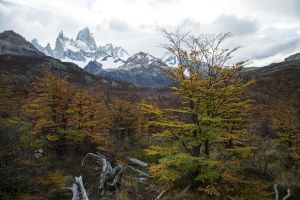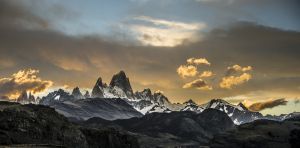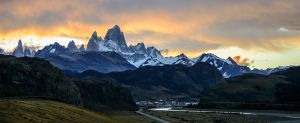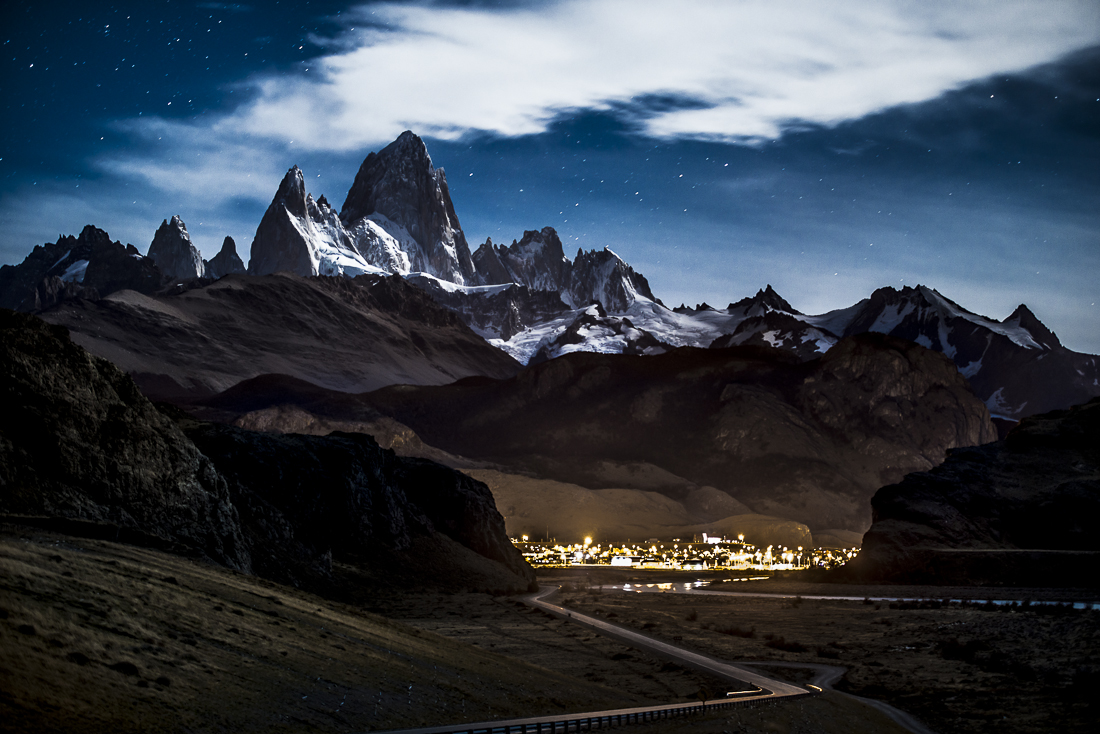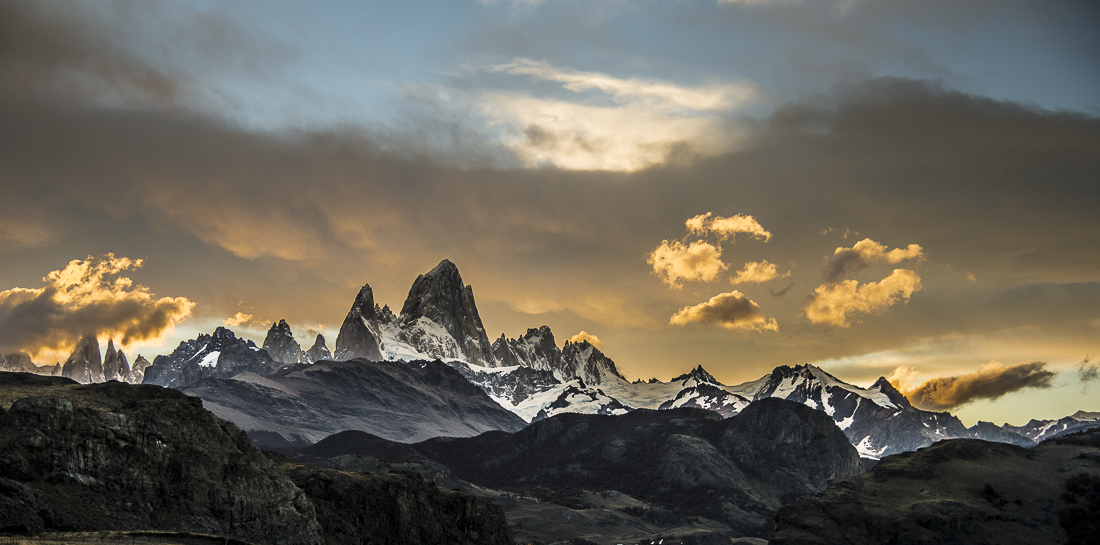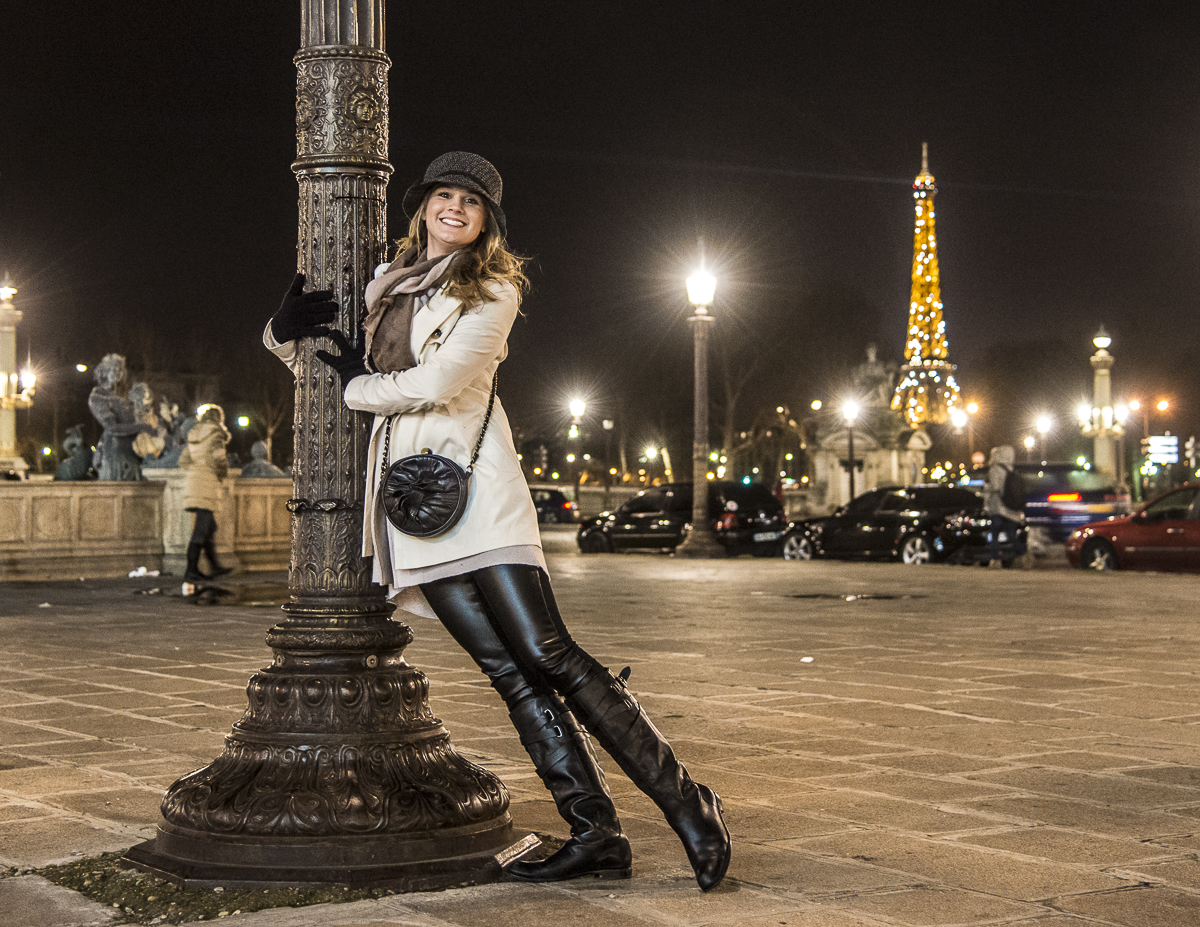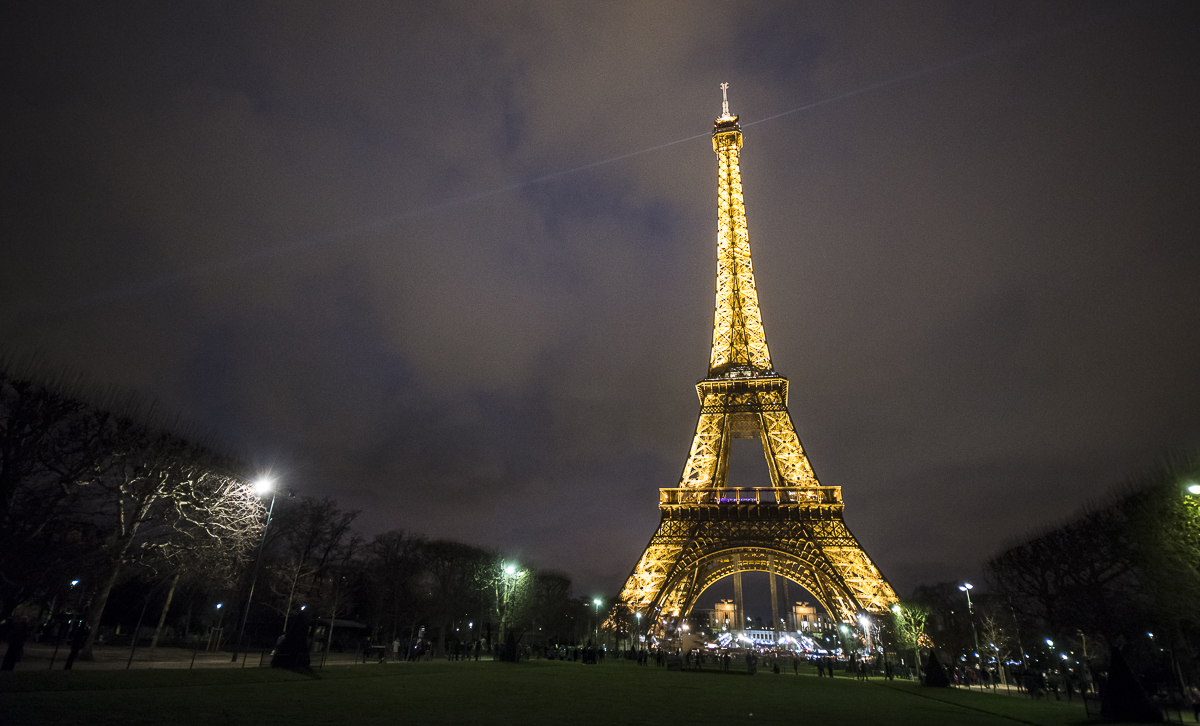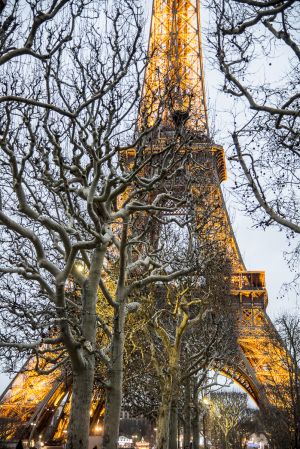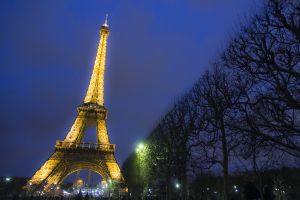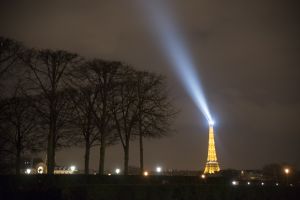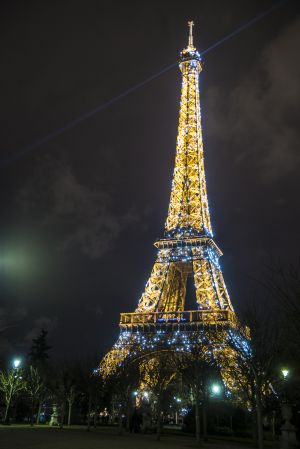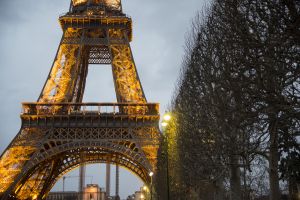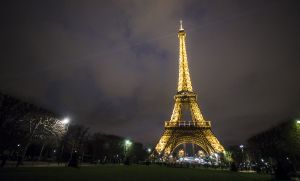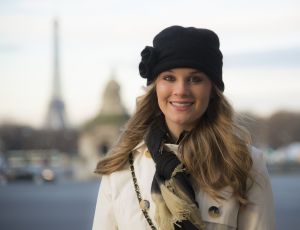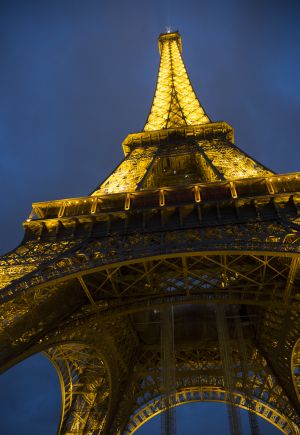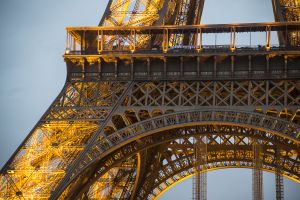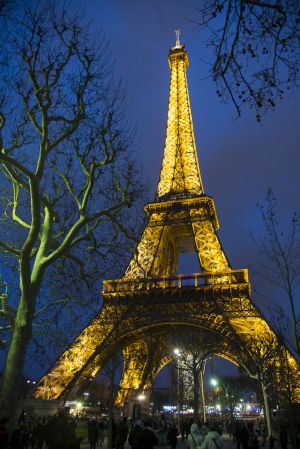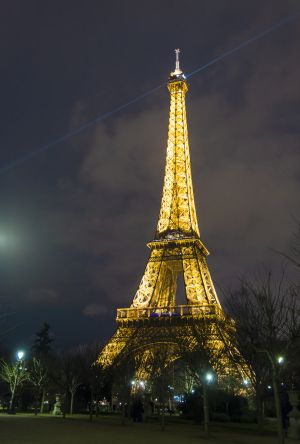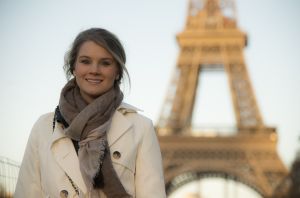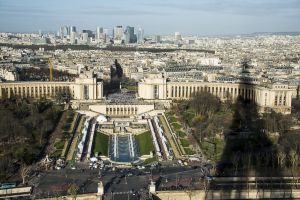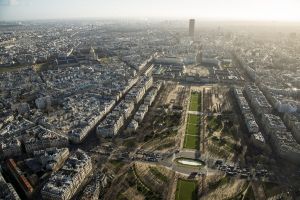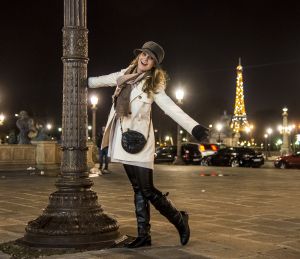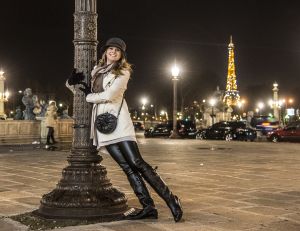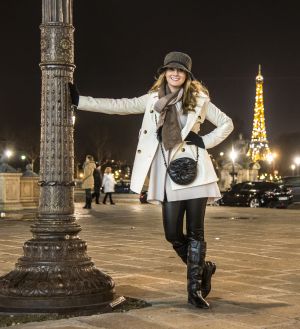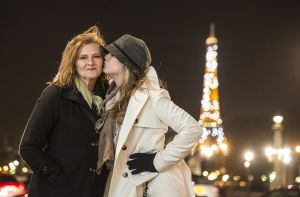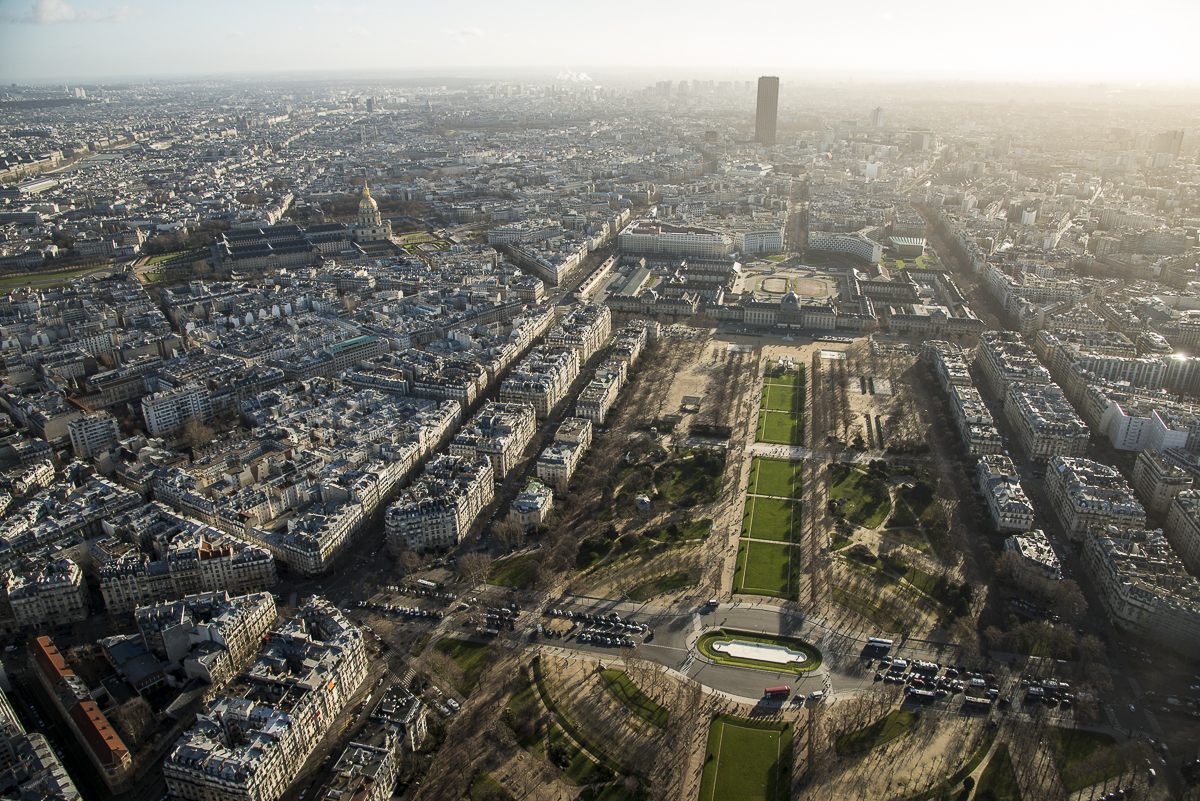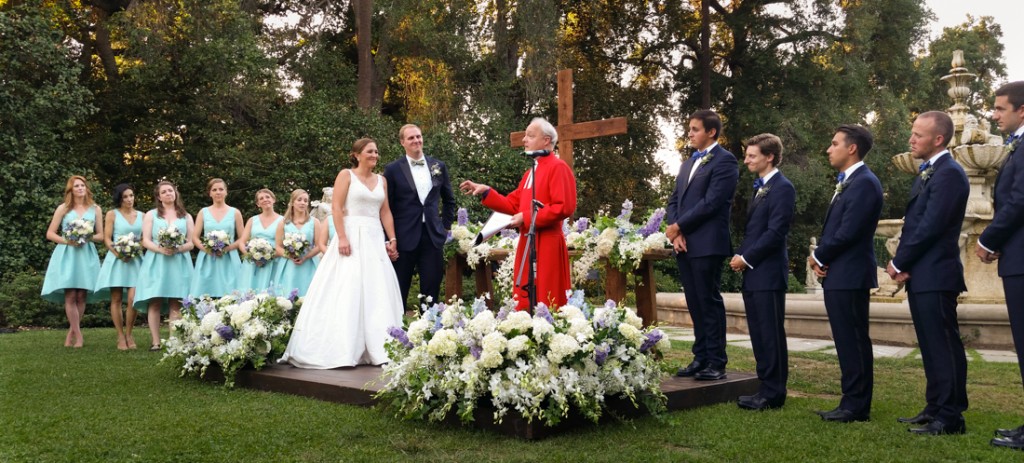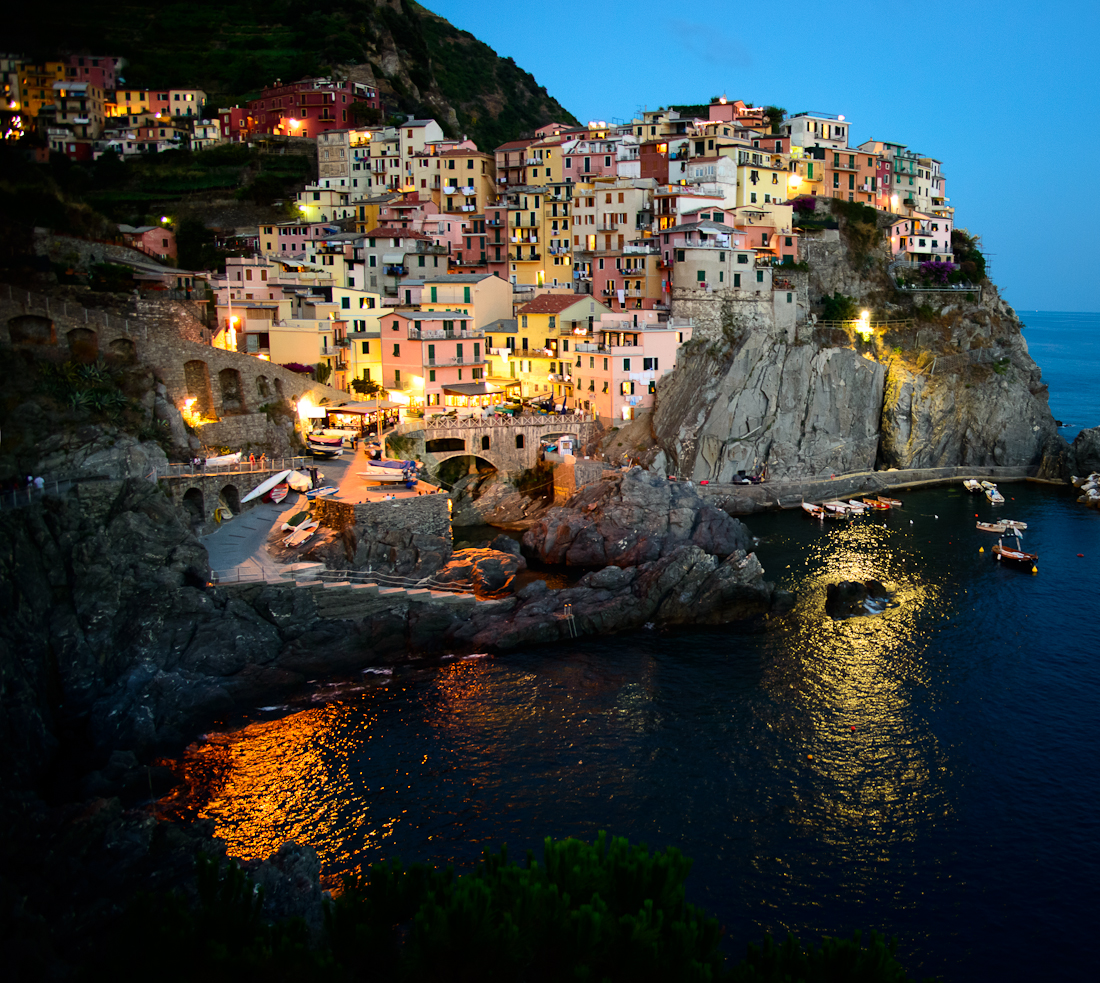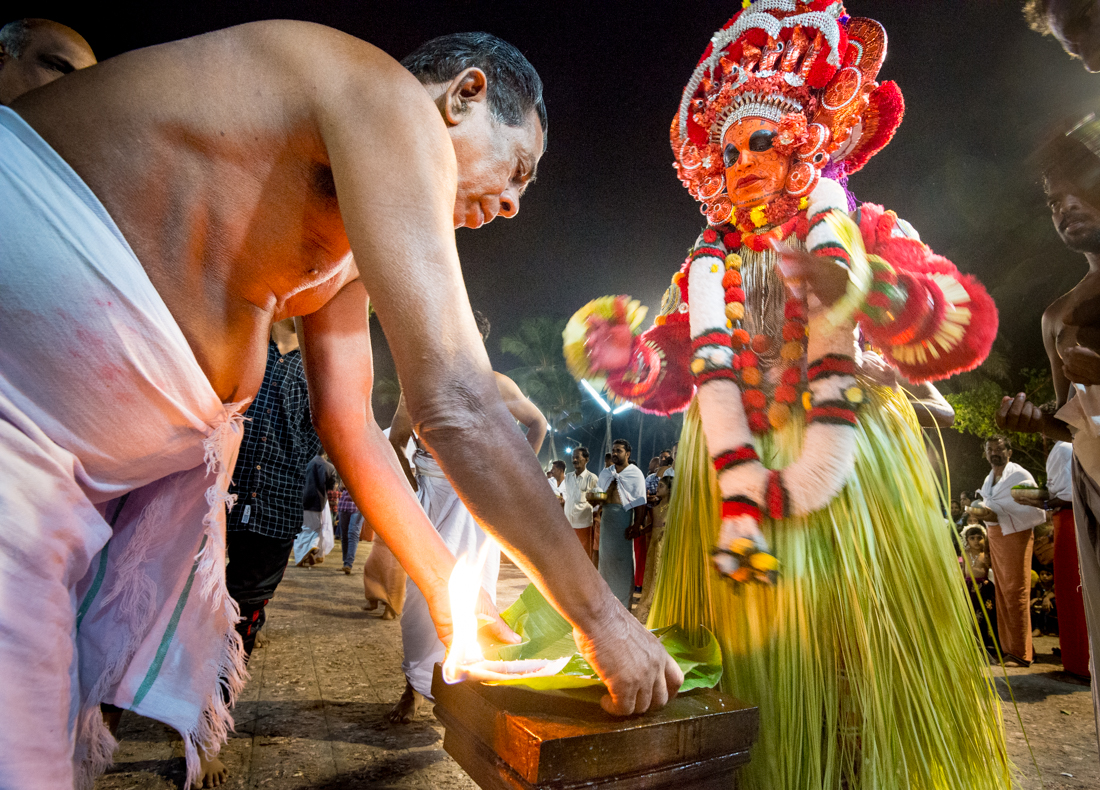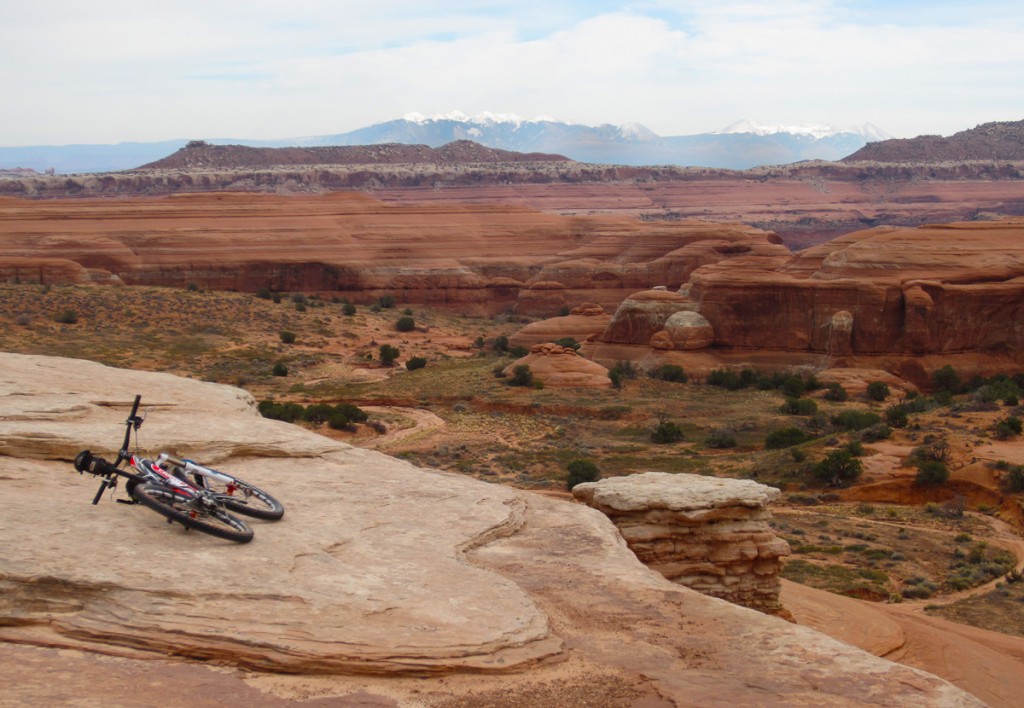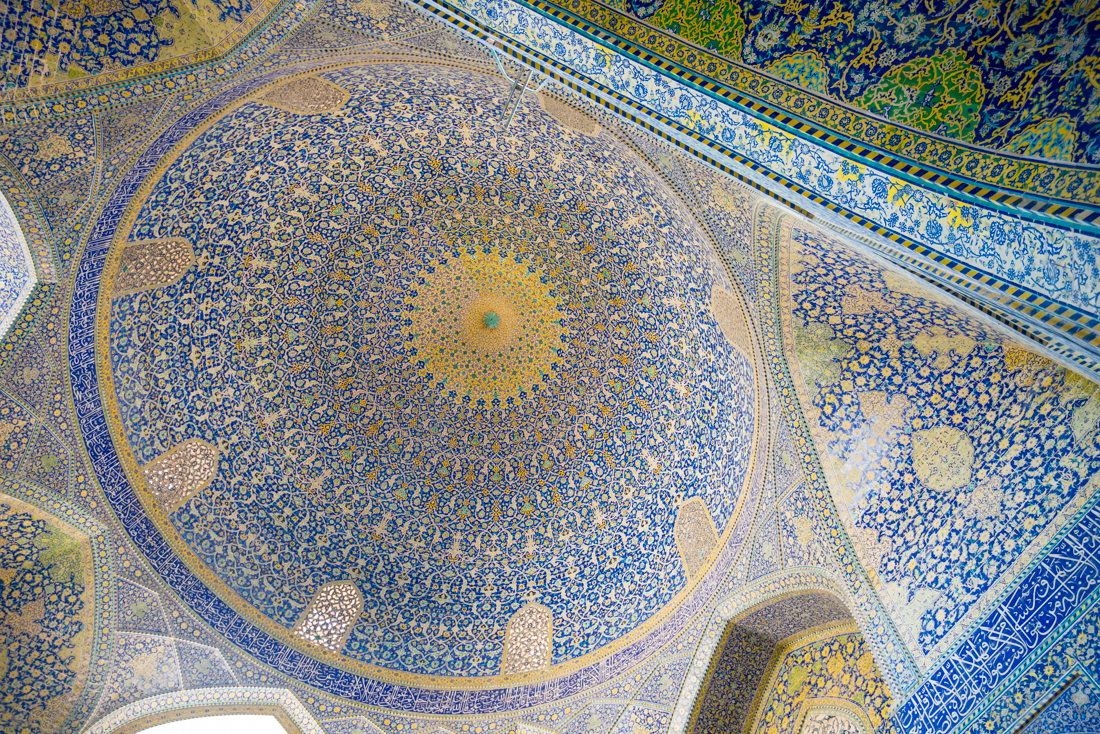I don’t smoke. Won’t smoke. And even the smell of cigar smoke makes me nauseous.* But when a very, very nice Cuban farmer in the middle of a field pulls tobacco leaves from his pocket, rolls you a cigar on his pants leg as a welcome gesture and lights it up for you with matches he pulls out of his hat, you should bite your lip a little, accept it graciously, and try not to hurl.
This was my second trip to Vinales – a small town west of Havana in the tobacco-growing region of Cuba. This time I wandered the outskirts of the small town with a new friend, Didi, a member of my photo group who is Cuban-American (more on her story later). As we wander down a tiny lane and started taking some pictures of the fields and mountains, we see a farmer coming toward us, planting melangas (potato-like root vegetables common in Cuba) one by one.
His clothes are tattered and caked in dirt (an occupational hazard for one hand-planting root vegetables). His hands were so covered with mud he offers only a fist when I try to shake hands. My pitiful Spanish-speaking skill let me engage in some superficial “Olas” and “mucho gustos” and very basic introductions. Didi, on the other hand, is a fluent native Spanish speaker who engages — deeply and sincerely — with everyone we run across. This farmer (“Marcello”) was no exception; he seemed to love her, despite the generation gap between them. We take lots of pictures, of course.
After a few minutes, he pulls from his pocket something I soon recognize as a wad of tobacco leaves, and starts to tear and organize them. He looks up at me a couple of times during this process, and I realize he is rolling ME a cigar. Yikes. The fact that his hands were too dirty to shake my hand does not deter him from using those same hands to make something I’m supposed to put in my mouth. He’s using his mud-caked pants leg as a rolling table; a neighbor walks up and offers his relatively-clean pants leg, but Marcello declines the assistance. Sure enough, he finishes up and presents it to me. My hope that I could graciously accept it and carry it off unlit was dashed immediately: Marcello produced a box of matches (stored on top of his head inside his straw hat) and struck the first match as he instructed me to bite the end off the cigar.I thought of Bill Clinton – trying to do what’s expected without actually inhaling. This was only modestly successful. It won’t really stay lit without actual puffing, so Marcello takes it and puts it in his mouth and puffs it to a gentle smolder. Then he gives it back. I keep faking it. Thankfully, the cheap, dry tobacco leaves he had (probably scavenged from the edge of a neighbor’s field) were of such poor quality they’re practically odorless and tasteless. I may as well be smoking elm leaves. It just smelled like a campfire – smoky and unpleasant, but not nauseating – and tasted like nothing.
We thank him; he hugs Didi; he hugs Didi again. He goes back to work and we head on down the lane. I let the cigar go out and then stuck it in my camera bag after we left Marcello. Then I forgot about it. So I actually (accidentally!) carried one illegal Cuban cigar (such as it was) through U.S. customs (without declaring it). Oops.
As we continued wandering through the Vinales countryside, we got multiple invitations to come inside the modest homes along the dirt roads and paths. We were offered seats, food, coffee, and (most importantly) directions back to town. One thatch-roofed wooden hut was oozing smoke; inside we found three ladies roasting coffee in a small pan over an indoor fire. The women said they took turns inside the hut because it was so miserable. It wasn’t clear to me why this had to be done indoors. It looked like a lot of trouble for a few cups of coffee.
*Honestly, I’d rather smell a fart than cigar smoke. At least farts are usually unintentional, so they’re obnoxious only on the olfactory level. Curiously, Cigar smokers seem to think they look very sophisticated with a six-inch-long cylinder in their mouth. Be warned that if you’re blowing cigar smoke anywhere near me, I’ll be doing all I can to send a retaliatory “fart in your general direction.”